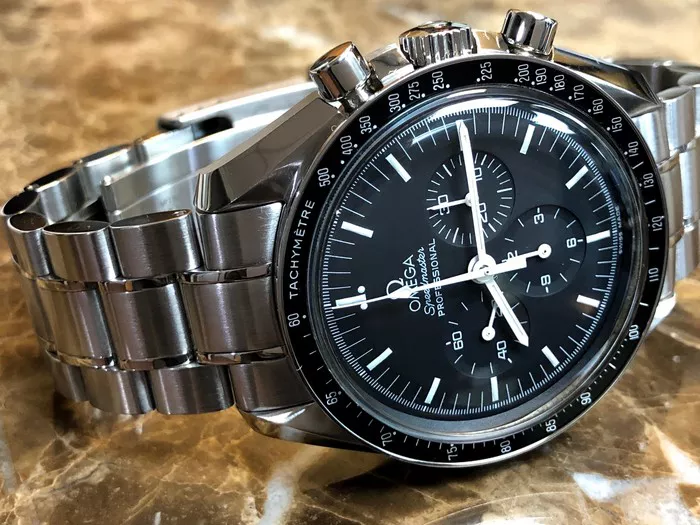The luxury watch market, once a thriving playground for high-stakes investors, is now facing a significant downturn. What was once a symbol of opulent investment has turned into a ticking time bomb for traders and collectors alike.
During the pandemic, the second-hand luxury watch market saw unprecedented growth. Wealthy investors, flush with cryptocurrency gains, swapped their travel plans for Rolex and Patek Philippe timepieces, often priced at $50,000 or more. This trend was fueled by speculators eager to turn a profit from these high-end assets, viewing them as a viable alternative to traditional investments.
However, the market for pre-owned luxury watches has since experienced a sharp decline. According to Bloomberg, the WatchCharts Overall Market Index, which tracks secondary watch market prices, has dropped 22% over the past two years. This decline is placing pressure on watchmakers, as the resale value of their products plays a crucial role in their financial performance.
Prominent luxury brands such as Hermes and LVMH have reported struggling watch sales this year. As consumer spending shifts back to travel and experiences, the demand for second-hand luxury watches has diminished. Speculators who once found solace in trading these timepieces are now left reevaluating their strategies.
Despite some brands maintaining high resale values, the overall luxury watch market has underperformed compared to other investment avenues. The Bloomberg Sundial Watch Index, which measures the performance of luxury watches, has fallen approximately 23% over the past two years. In contrast, the S&P 500 has surged by 27% during the same period.
As the luxury watch market continues to falter, traders may soon find themselves checking the time on their unsold Rolexes to see when the next stock market opportunity arises.

